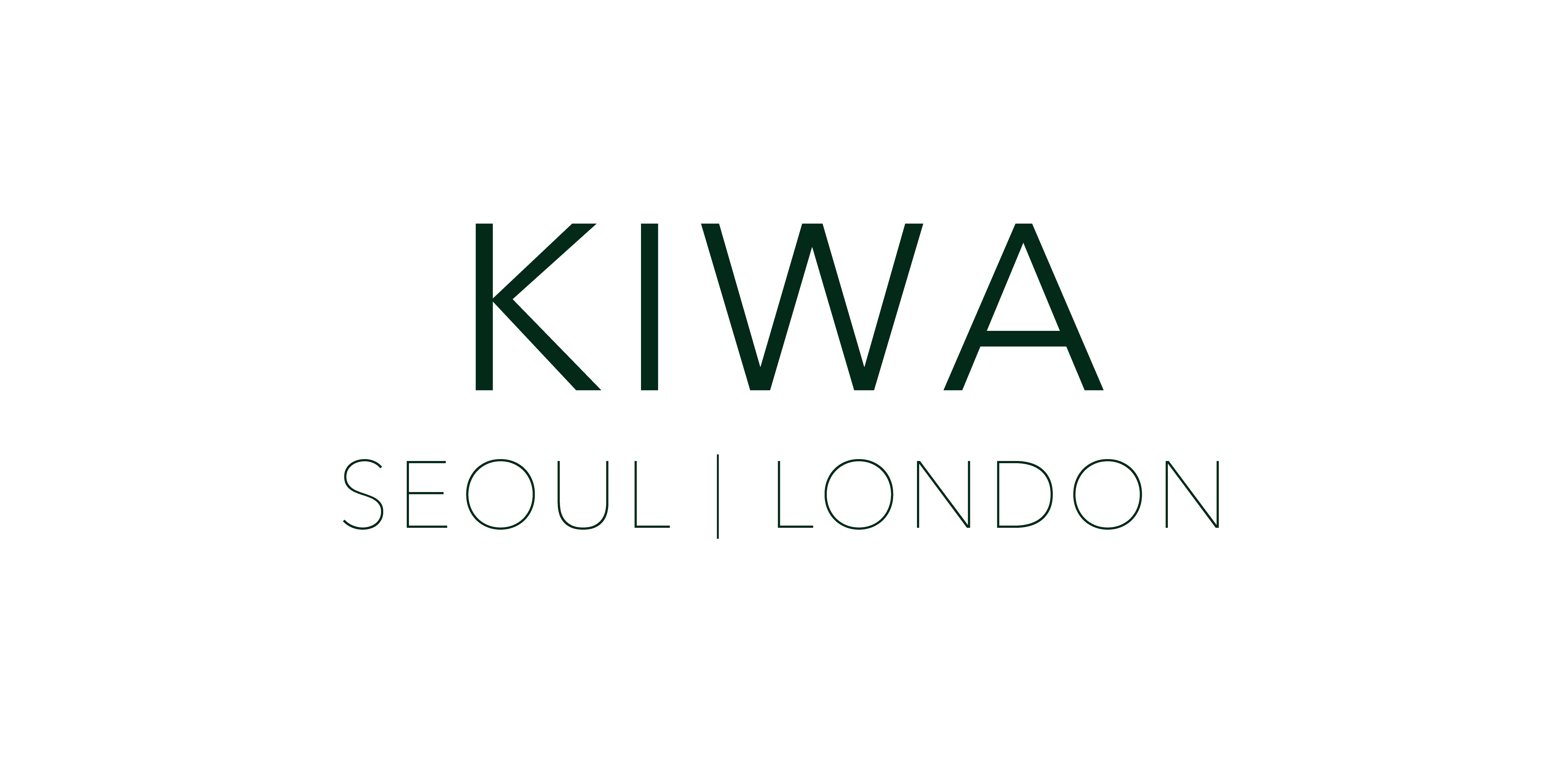The Gaze and The Artistic Masterpiece
Song Jinhyup (art critic)
In the heart of New York City, the art capital of the world is filled with world-class art institutions such as the Metropolitan Museum of Art and the New York Museum of Modern Art. These museums are lined with masterpieces collected from all over the world, from ancient civilizations to contemporary art. These museums contain artworks worth hundreds of billions of dollars and create a huge visual empire that collectively symbolize the cultural power of America. At this moment Mr. Won Kang Cho is attempting to sneak through a gap into this visual empire. Won Kang Cho infiltrates by arming himself with a small camera and sharp eye. His gaze is breathtaking and swiftly moves throughout every corner of the museum including the spaces where the artworks meet their frames. Through the gaps in these masterpieces, the trained eye of the artist observes the spectators admiring these master works of art. Rather than just looking at an object, he observes a scene of the viewers observing. He attempts to perceive the scenes of these viewers in this "temple of the eye", the museum.
In the art museum, there are many vestiges of people that were once the models for the artists. These vestiges reside on each artwork, dancing, laughing, or standing alone. These vestiges now live an eternal life, one that exists within the moment of creation by the artist, in a specific place, time and space. In the midst of the bustling New York City museum visitors are looking, drawing, resting or taking pictures during their busy walks. Visitors try to place themselves within the artworks and photography by taking pictures or sharing casual conversation. However after having been washed away like a tide-of-the-moment ending, the visitors have captured only a handful of momentary relationships with individuals at best. As a meditator or/and witness, the artist Cho observes these scenes, shoots a photograph and then captures these moments through his art on canvas.
In his series "Looking at Things in Different Ways," Mr. Cho is spectating at the spectators in the museum, viewing the scenery within art museums as the art object itself. In his work, Cho sometimes adapts a collage technique by attaching fabrics directly to his canvas, thus creating an endless circuit of gaze. In France approximately 100 years ago Edgar Degas observed the clothing of a girl. When Degas modeled the girl's body into a bronze sculpture he applied real cloth to create the texture of her clothing in order to make the bronze appear more realistic. A few years ago visitors in the Metropolitan Museum of Art in New York saw this Degas sculpture. Mr. Cho photographed this scene at the museum and then transformed his photo into an oil painting, attaching the real texture of the clothing to the image of the girl's clothes once again. When we view this painting we should not be surprised by the realistic texture of the clothes on the canvas. It is not a camera technique nor the use of trompe l'oeil that enhances the matière of the clothes. It is a new way of capturing the relationship between the viewer and the "viewee", a way to examine the moment of viewing in time. How does the thick brushstrokes and thin cloth in front of our eyes reference the visual reality and artistic relationship?
Throughout the age of modernity we have lived in the time when "seeing was believing". The act of seeing [voir] would soon become knowledge [savoir] then turned to possession [avoir]. The gaze that we project onto objects are a desire for knowledge and power in itself. Modern museums exemplify this process perfectly. The museums which house well-organized artworks presented through a timeline are symbols of economic wealth and noble tastes, as well as a way of exhibiting an orderly system of knowledge. Mr. Cho attempts to mock the visual emperorship of art museums in an artistic way by unsettling the direction of the modern eye, when in a museum the act of seeing itself can be perceived as an aesthetic object. The artistic way of mocking in the middle of this "temple of the eye" is a new visual play, one that attempts to return the modern eye to the terminal point or blind spot. The power of the modern eye that designates the artistic relationship between the viewer and art is agitated in this meditative visual play.
Mr. Cho explores his decades of living in New York City through various series and forms of art. As a foreigner and an artist he has encountered many parts of New York City on the streets and at museums in his own way. These experiences themselves are forms of his artistic self-portraits that shine from numerous perspectives which include mazes of alleys, silent flowers and of all walks of life including pets in New York City. The artist's fragmented memories when facing the crossroads of New York are now recalled through deep angles and snapshots of the very moment encountered within the City. In this megalopolis where wealth and power of the world interflow together, time flies faster than clockwork and art is consumed faster than in seconds. In this kaleidoscopic city where every day is more surprising and newer than ever, the artist's creative immersion becomes rather simple: how do we see, how are we seen, and how should we be seen? These seemingly plain questions will lead us to other questions; how do we encounter something? How do we achieve a reminiscence? In Cho's artworks we find that during the moment when the deep afternoon sunlight, with its exhausted glimmering light arrives and the door of the museum closes, our accidental or destined relationships cross through the barrier of the moment to eternity and here they may have a new way of resting upon the horizon, one that lies beyond modernity.

